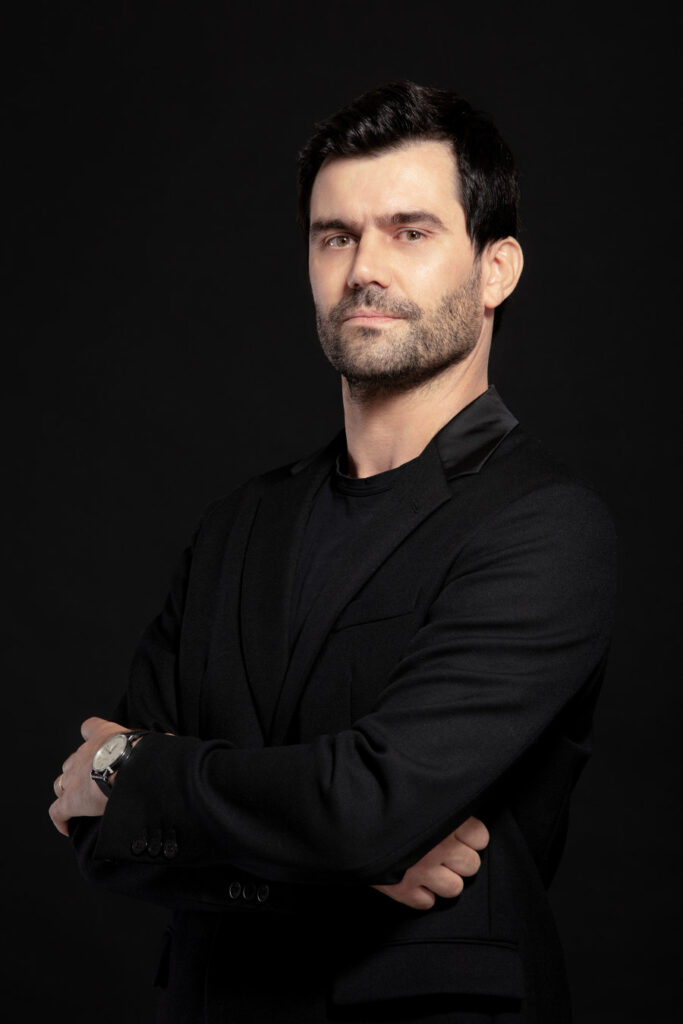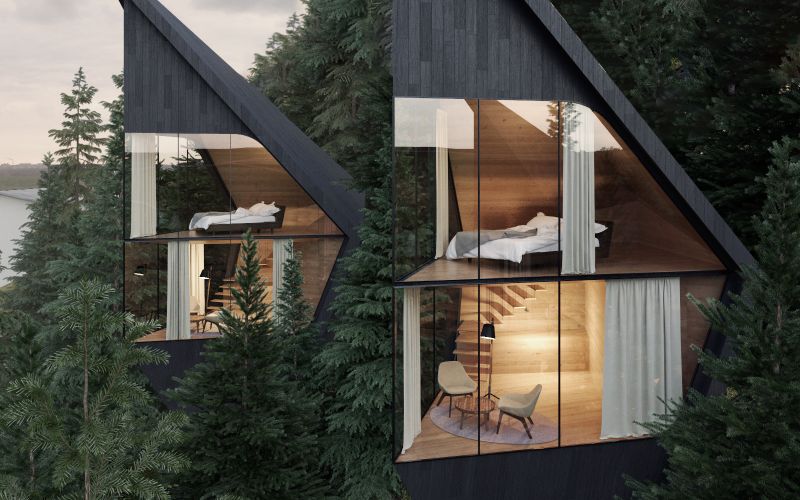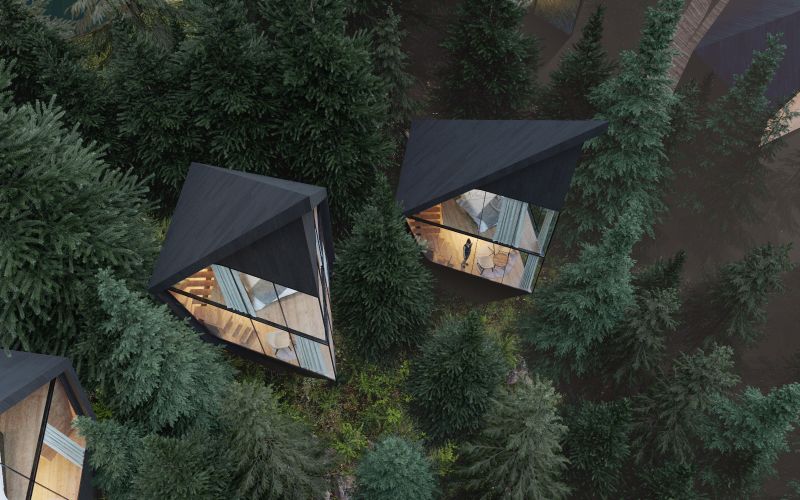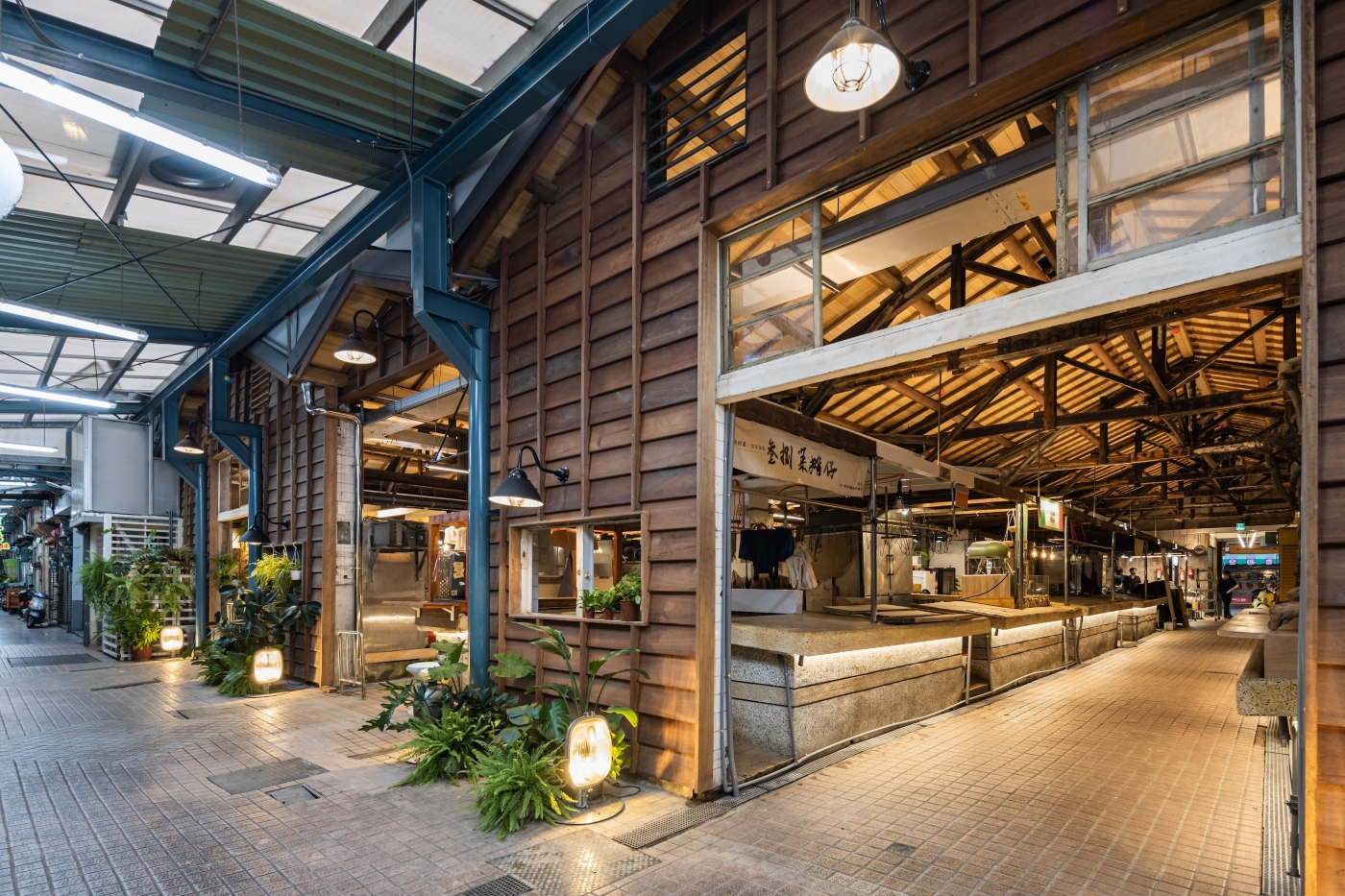As LICC Artist of the Year in 2018, Peter Pichler’s Tree Houses project awed the jury with its extraordinary concept and outside-the-box thinking. In this interview, he tells us how the project has been going on since then.

You are LICC Artist of the Year in 2018 with your Tree Houses project, situated in the Italian Dolomites. The houses resemble the surrounding trees and were built to provide an intimate relationship with nature, why do you think this integration is important?
The tree houses are single units that will create a new experience to live in the woods with a maximum connection with nature. The project is conceived as a “slow down” form of tourism where nature and the integration of architecture in it plays a primary role. We conceived the Tree Houses as a new approach: they are not just units where you can spend your time in nature but are also cutting-edge projects in terms of sustainability. We will develop a truly holistic approach for this project, which will be a new engine in terms of sustainability.
How has the project evolved since the award?
Since 2018, the project has changed significantly. The client and location changed and now we are building the tree houses in West Virginia. This is our first project in the United States. The new project location, Dawson Lake, is a stunning example of West Virginia’s “Wild and Wonderful” landscape, featuring a spring-fed 40-acre lake, restored meadows, streams and wetlands, and over 100 acres of perpetual land easements that form a protected habitat for native species. Dawson Lake will become a “living laboratory” for regenerative approaches to building design, agriculture, and land use that reach beyond minimizing environmental impacts to improving the ecosystem’s health and resilience. The project aims to reshape the prospect of a sustainable future. It will be completed in 2021.

Photo credit: Peter Pichler Architecture
How do guests like it? Did you hear any feedback from people who stayed there?
Until now, the feedback we have received was through specialized media. We received great feedback from users and the architecture community and are thrilled to know people like our project.
What was the main inspiration for the design, and what were the difficulties arising during the project?
The project is inspired by nature. The surrounding maple, poplar, and oak trees inspire the geometry of the units, with their sharp steep roof. The tree houses will have an amazing view of the forest and the lake. Probably the main difficulty we have right now, are the pandemic limitations that are delaying the project.

Photo credit: Peter Pichler Architecture
Your company, PPA stands for innovative approaches towards architecture, urbanism and design. Can you elaborate on the core values of PPA and why do you think it helps the industry to progress towards the future?
We are a young, dynamic and experimental studio that considers the context a fundamental aspect of our practice. Architecture and its context go beyond the immediate physical environment of the architectural object. It is shaped by a broader cultural, geographic, social, and economic context while technology and the search for vernacular elements are playing an essential role. This credo builds our studio’s foundations and reflects the way we work. We believe in a contemporary reinterpretation of the past that reflects the current “Zeitgeist”.
What advice would you have for aspiring architecture and design students?
Listen and follow your heart.

Photo credit: Peter Pichler Architecture










